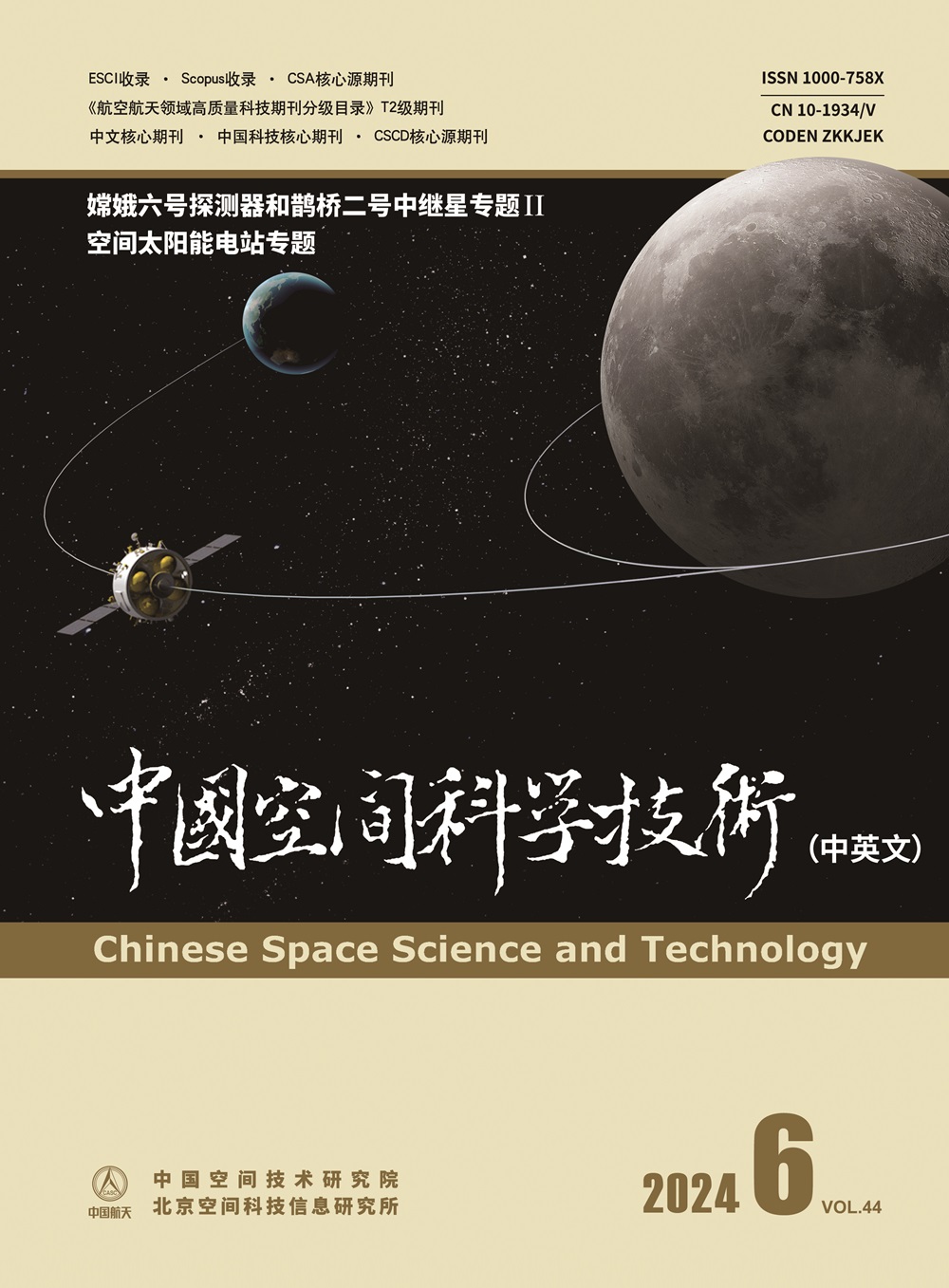嫦娥五号轨道设计要素
IF 0.5
4区 工程技术
Q4 ENGINEERING, AEROSPACE
引用次数: 5
摘要
本文对嫦娥五号任务所采用的月球轨道交会对接轨道设计、月球精密着陆与倾角优化轨道设计和月地转移轨道设计三种关键轨道设计技术进行了识别和探讨。首先概述了嫦娥五号的任务概况,然后详细讨论了三种关键的轨道设计技术,包括基于跟踪的轨道设计方法。飞行数据证明了设计的正确性。本文章由计算机程序翻译,如有差异,请以英文原文为准。
Orbit Design Elements of Chang’e 5 Mission
The three key orbit design technologies employed in the Chang’e 5 mission are identified and discussed in this paper: orbit design for lunar orbit rendezvous and docking, orbit design for precision lunar landing and inclination optimization, and orbit design for Moon-to-Earth transfer. First, an overview of the Chang’e 5 mission profile is presented, which is followed by detailed discussions of the three key orbit design technologies, including an introduction of the tracking-based orbit design methodology. Flight data are provided to demonstrate the correctness of the designs.
求助全文
通过发布文献求助,成功后即可免费获取论文全文。
去求助
来源期刊

中国空间科学技术
ENGINEERING, AEROSPACE-
CiteScore
1.80
自引率
66.70%
发文量
3141
期刊介绍:
"China Space Science and Technology" is sponsored by the China Academy of Space Technology. It is an academic and technical journal that comprehensively and systematically reflects China's spacecraft engineering technology. The purpose of this journal is to "exchange scientific research results, explore cutting-edge technologies, activate academic research, promote talent growth, and serve the space industry", and strive to make "China Space Science and Technology" a first-class academic and technical journal in China.
This journal follows the principle of "let a hundred flowers bloom and a hundred schools of thought contend", promotes academic democracy, and actively carries out academic discussions, making this journal an important platform for Chinese space science and technology personnel to publish research results, conduct academic exchanges, and explore cutting-edge technologies; it has become an important window for promoting and displaying China's academic achievements in space technology.
 求助内容:
求助内容: 应助结果提醒方式:
应助结果提醒方式:


